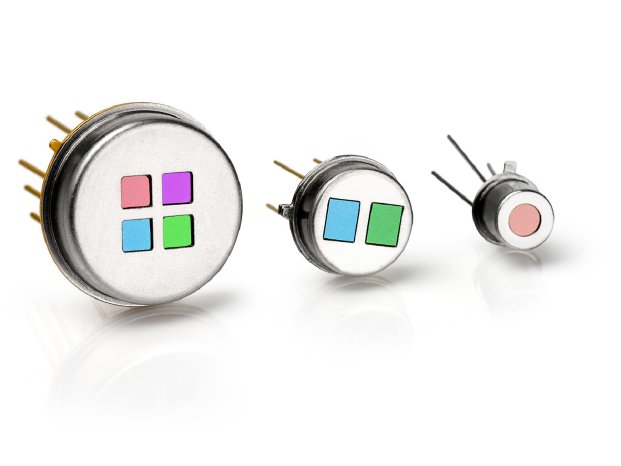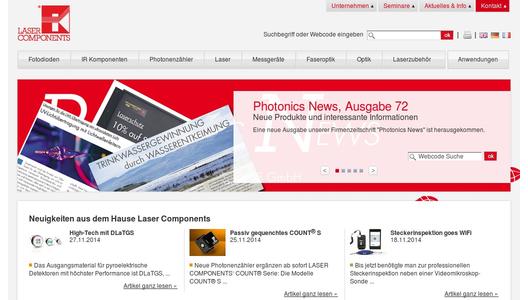The Curie temperature of DLaTGS is 61°C and thus more than 10 K higher than TGS (triglycine sulfate). This is achieved by the process of deuteration, the complete replacement of all hydrogen atoms by deuterium atoms. Additional doping with L-alanine increases the sensitivity of detectors and prevents permanent depolarization when heating beyond the Curie temperature.
LASER COMPONENTS Pyro Group produces pyroelectric DLaTGS detectors - three series are available: One for users who would like to combine their detectors with their own electronics (LCDT-5000 series); the LCTDT-5100 series is designed for low-frequency applications in the range of 10..100 Hz, and the LCDT-5500 type with a low-noise JFET is designed for FTIR applications. All detectors possess thinned-out elements and optionally feature an absorbing black coating with a low thermal mass that offers a wide spectral response at a simultaneously high speed. All pyrodetectors are available with different diameters of their active surfaces and rectangular and square shapes as well. Standard housings include TO-5, TO-66, and TO-37.
More Information http://www.lasercomponents.com/...


